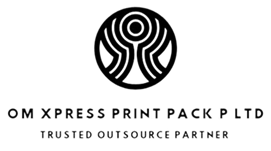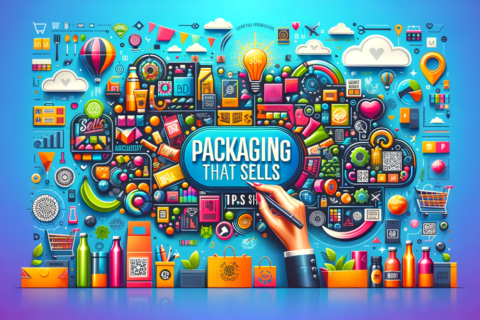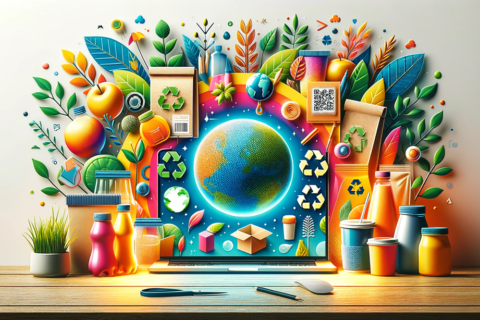The print and packaging industry has witnessed a remarkable transformation over the past few decades. From traditional methods rooted in manual labor to the integration of advanced digital technologies, the evolution of print and packaging technology has revolutionized how products are designed, produced, and delivered. This article delves into the key milestones in this journey, highlighting the innovations that have shaped the industry and what the future holds.
The Early Days: Manual Printing and Packaging
In the early stages of the print and packaging industry, processes were predominantly manual. Printing techniques such as woodblock printing, which originated in ancient China, and the Gutenberg press from the 15th century, were labor-intensive and time-consuming. Packaging, on the other hand, relied heavily on basic materials like paper, cloth, and rudimentary forms of plastic, often crafted by hand.
The Industrial Revolution: Mechanization and Mass Production
The Industrial Revolution marked a significant turning point. The introduction of mechanized printing presses and assembly lines allowed for mass production, significantly increasing output and reducing costs. Lithography, invented in the late 18th century, became a popular method for producing detailed and high-quality prints. Packaging also evolved, with the advent of cardboard and corrugated paper, offering more durable and cost-effective solutions for product protection and transportation.
The Digital Age: From Analog to Digital
The late 20th century ushered in the digital age, bringing with it a plethora of innovations that transformed print and packaging. Digital printing, which began gaining traction in the 1990s, enabled short-run printing with quick turnaround times and greater customization. Technologies such as inkjet and laser printing became mainstream, offering high-resolution outputs and more efficient production processes.
Packaging technology also saw significant advancements. The development of flexible packaging materials, such as plastic films and foils, provided more versatile and cost-effective options. The rise of computer-aided design (CAD) tools allowed for intricate and precise packaging designs, enhancing both functionality and aesthetic appeal.
The Rise of Automation and Smart Technologies
The 21st century has been characterized by the integration of automation and smart technologies. High-speed automatic packing lines and robotic systems have streamlined operations, reducing human error and increasing efficiency. The Internet of Things (IoT) has also made its mark, with smart packaging solutions that include features such as QR codes, RFID tags, and sensors, offering real-time tracking and enhanced security.
Sustainable Innovations
With growing environmental concerns, sustainability has become a major focus in the print and packaging industry. Innovations in biodegradable materials, recyclable packaging, and eco-friendly printing inks are addressing the demand for greener solutions. Companies are increasingly adopting practices such as lightweighting and using renewable resources to minimize their environmental footprint.
The Future: What Lies Ahead?
As we look to the future, several trends and technologies are poised to further revolutionize the industry:
- 3D Printing: While still in its early stages, 3D printing holds immense potential for creating customized packaging solutions with complex designs, reducing waste and inventory costs.
- Artificial Intelligence (AI): AI-driven tools are set to optimize design processes, enhance predictive maintenance of machinery, and improve supply chain management.
- Sustainable Materials: Research into new materials, such as plant-based plastics and innovative recycling technologies, will continue to drive the shift towards more sustainable packaging solutions.
- Augmented Reality (AR): AR is expected to play a significant role in packaging, providing interactive and immersive experiences for consumers, enhancing brand engagement, and delivering additional product information.
Conclusion
The evolution of print and packaging technology is a testament to human ingenuity and the relentless pursuit of innovation. From the manual techniques of the past to the sophisticated digital and automated solutions of today, the industry has continually adapted to meet the changing needs of the market. As we move forward, the integration of new technologies and a focus on sustainability will undoubtedly shape the future, offering exciting possibilities for businesses and consumers alike.
Om Xpress Print Pack P Ltd. remains committed to staying at the forefront of these advancements, leveraging the latest technologies to deliver superior products and services to our clients. Join us as we continue to explore and embrace the future of print and packaging technology.




Leave a comment